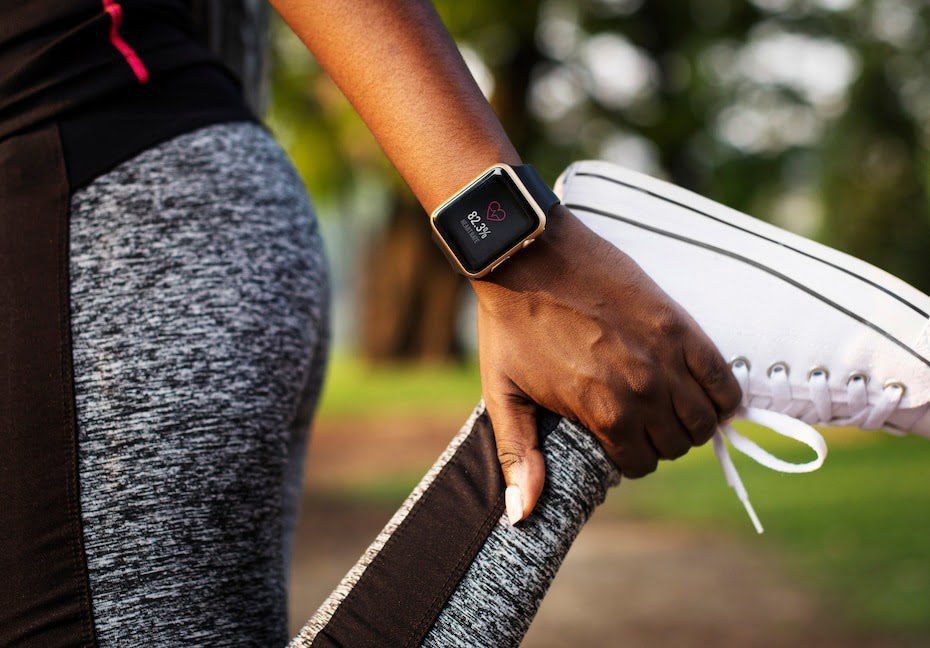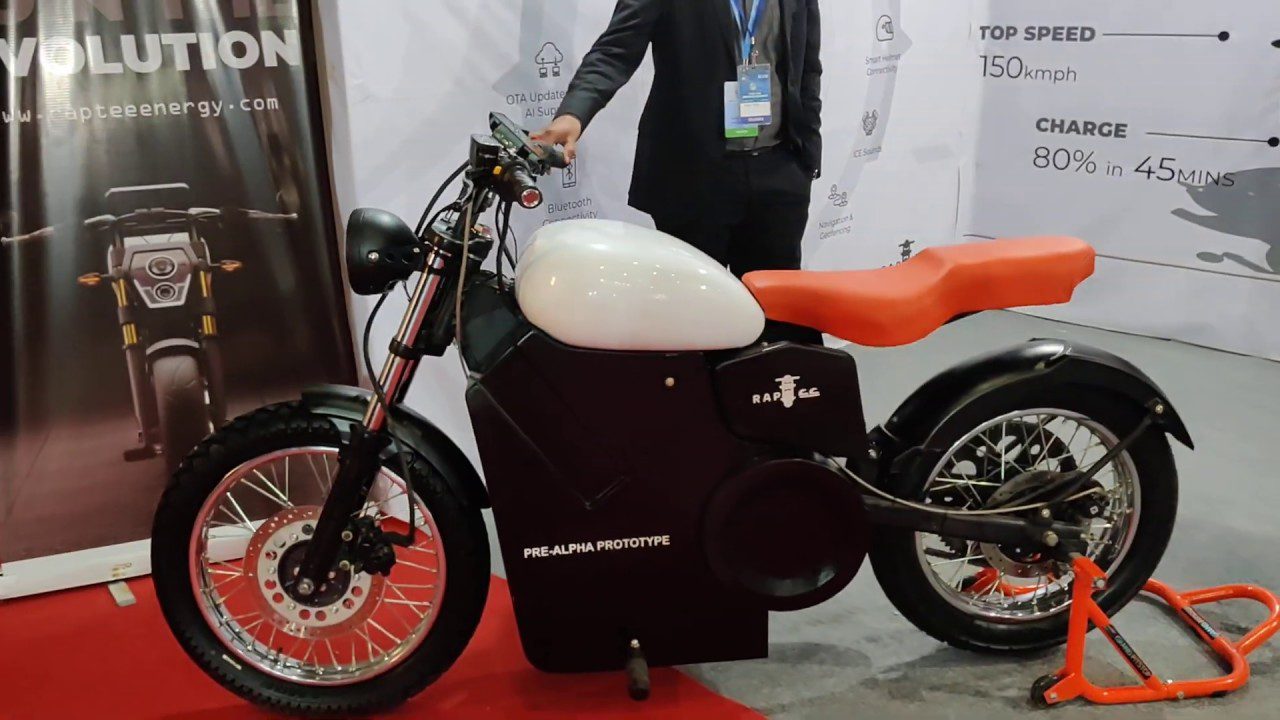Table of Contents
In the fast-paced world of technology, energy harvesting has emerged as a promising solution to power electronic devices sustainably.
As traditional power sources face challenges of limited capacity and environmental concerns, alternative methods of generating energy have gained attention.
One such innovative concept is sweat-powered smartwatches.
Let’s explore the potential of sweat-powered smart watches, how energy harvesting works, and the future prospects of this technology.
What is energy harvesting?
Energy harvesting, also known as power harvesting or energy scavenging, refers to the process of capturing and utilizing ambient energy from the surroundings to power electronic devices.
It involves converting energy from various sources such as light, heat, motion, or vibrations into usable electrical energy.
The need for energy harvesting devices
As our reliance on electronic devices continues to grow, the demand for sustainable and efficient power sources has become more critical.
Traditional batteries have limitations in terms of capacity, lifespan, and environmental impact.
Energy harvesting devices offer an alternative by harnessing renewable energy sources to power electronics, reducing the need for disposable batteries and minimizing environmental pollution.
Introduction to smartwatches
Smartwatches have gained immense popularity in recent years, evolving from simple timekeeping devices to multifunctional wearables.
These devices offer features such as fitness tracking, heart rate monitoring, notification alerts, and even smartphone integration.
However, the limited battery life of smartwatches remains a challenge, prompting the exploration of innovative power solutions like sweat harvesting.
Sweat Powered SmartWatches
How does energy harvesting work?
Energy harvesting technology utilizes different methods to convert available energy into electrical power.
In the case of sweat-powered smartwatches, the energy is derived from the sweat produced by the human body during physical activities.
Sweat as an energy source
Human sweat contains small amounts of chemical compounds and ions that can be converted into electrical energy.

This phenomenon is known as bioenergy harvesting, where enzymes or biofuel cells are used to catalyze chemical reactions and generate power from sweat.
Development of Sweat Powered SmartWatches
Researchers and engineers have been actively exploring the potential of sweat as an energy source for smartwatches.
Prototypes and experimental devices have been developed, focusing on efficient sweat collection and the integration of energy-harvesting modules into the watch’s design.
Published in the Journal of Power Sources, their latest study unveils an innovative concept—a biofuel cell array leveraging lactate, a chemical found in sweat, to generate ample power.
This power drives biosensors and wireless communication devices for a limited duration.
Resembling a paper bandage, their groundbreaking biofuel cell array can be conveniently worn on the arm or forearm.

Its structure comprises a water-repellent paper substrate adorned with multiple biofuel cells arranged in both series and parallel configurations.
The number of cells employed depends on the desired output voltage and power.
Within each cell, electrochemical reactions between lactate and a specific enzyme within the electrodes initiate the production of an electric current.
This current then courses through a general current collector, crafted from a conducting carbon paste.
These advancements have paved the way for sweat-powered smartwatches to become a reality in the near future.
Benefits of Sweat-Powered SmartWatches
Environmental impact
By utilizing the natural energy produced by the human body, these watches reduce the reliance on disposable batteries, minimizing electronic waste and contributing to a greener environment.
Enhanced convenience
One of the significant advantages of sweat-powered smart watches is the elimination of frequent battery replacements or recharging.
Users can rely on their natural sweat production to keep their devices powered, ensuring continuous functionality without interruptions.
Challenges of Sweat-Powered SmartWatches
Technical limitations
Despite the promising potential, sweat-powered smartwatches face technical challenges.
The conversion efficiency of sweat into electrical energy is relatively low compared to other energy harvesting methods.
Researchers are actively working to improve the efficiency of bioenergy harvesting systems to enhance the overall performance of sweat-powered devices.
User Acceptance
The concept of relying on sweat to power a smartwatch may raise concerns among users regarding comfort, hygiene, and overall user experience.
Addressing these concerns and ensuring a seamless integration of energy-harvesting technology into wearable devices is crucial for widespread acceptance.
Future prospects
Advancements in energy harvesting technology
As research in energy harvesting progresses, advancements in materials, designs, and manufacturing techniques are expected.
These developments will enhance the efficiency and reliability of sweat-powered smartwatches, making them more practical for everyday use.
Integration with other wearable devices
Sweat-powered energy harvesting technology is not limited to smartwatches alone.

It can be integrated into other wearable devices such as fitness trackers, medical monitoring devices, and even clothing.
This opens up a wide range of possibilities for sustainable power solutions in the field of wearable technology.
Sweat-powered smartwatches represent an exciting advancement in energy-harvesting technology.
By tapping into the energy potential of sweat, these devices offer a sustainable and convenient power solution for wearable electronics.
Although challenges and technical limitations exist, ongoing research and development will continue to drive innovation in this field, paving the way for a future where energy harvesting becomes a mainstream power source for various electronic devices.
Frequently Asked Questions
The lifespan of a sweat-powered smartwatch is comparable to traditional battery-powered watches. The longevity depends on factors such as the quality of the device, energy harvesting efficiency, and overall usage patterns.
Yes, the concept of sweat-powered energy harvesting can be applied to various wearable devices, including fitness trackers, medical monitors, and even smart clothing.
Sweat has a relatively low energy density compared to traditional power sources. The conversion efficiency of sweat into electrical energy is currently limited but continues to improve with ongoing research and advancements in bioenergy harvesting technology.
Sweat-powered smart watches offer the advantage of sustainable and eco-friendly power generation, eliminating the need for frequent battery replacements or recharging. However, they currently face technical limitations in terms of energy conversion efficiency. With further advancements, sweat-powered devices have the potential to revolutionize the wearable technology industry.
Related Blog Posts








1 Comment